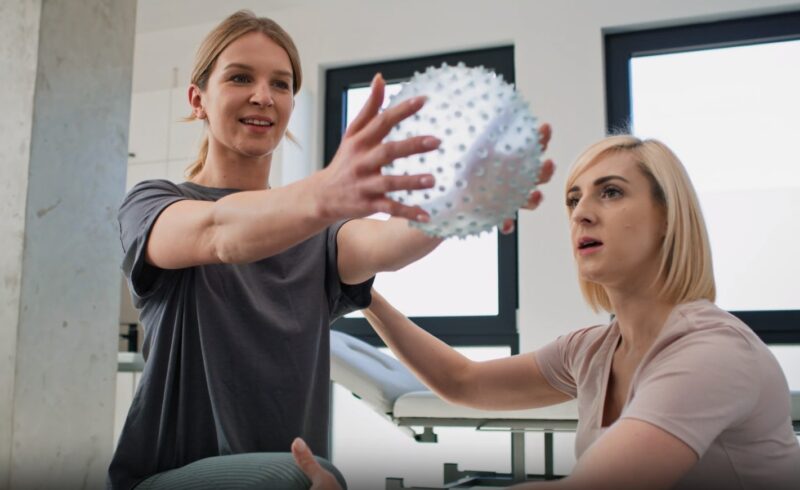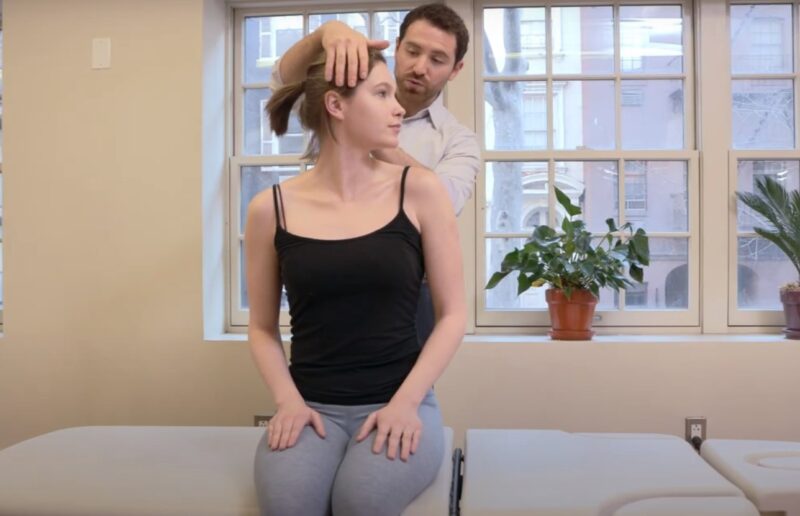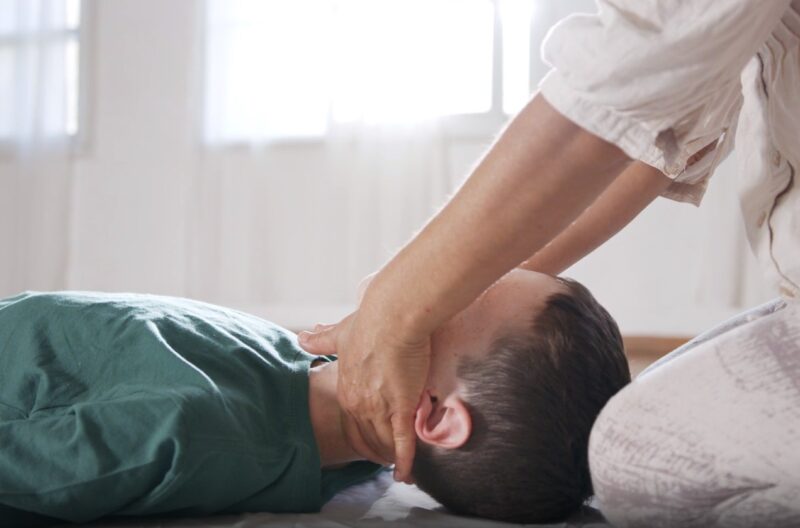Vestibular Rehabilitation Therapy (VRT) is a specialized form of therapy designed to alleviate problems caused by vestibular disorders. The vestibular system, located within the inner ear, is crucial for maintaining balance and spatial orientation.
It helps to detect head movements and positions, enabling the body to respond appropriately to changes in its environment. When this system is disrupted by injury, disease, or aging, it can lead to symptoms such as dizziness, vertigo, balance issues, and visual disturbances.
VRT aims to restore vestibular function or to help the brain adapt to changes in the vestibular system. This is achieved through a series of exercises tailored to each patient’s specific needs.
Key Takeaways:
How VRT Works

VRT operates on the principle that the brain can adapt to changes in the vestibular system through a process known as neuroplasticity. This adaptability allows the brain to compensate for lost or altered vestibular input, using information from the visual system and proprioception (the sense of body position) to maintain balance and spatial orientation.
The therapy is highly individualized, based on a thorough assessment of the patient’s symptoms, vestibular function, and how these affect daily activities. The core of VRT consists of a series of exercises designed to:
- Reduce dizziness and visual symptoms by training the brain to process vestibular information more effectively.
- Improve balance and posture by strengthening the connections between the vestibular system, eyes, and body.
- Increase general activity levels to overcome the avoidance behaviors that patients often develop in response to their symptoms.
These exercises fall into three main categories:
- Adaptation exercises aim to improve the vestibular system’s response to head movements, enhancing the Vestibular-Ocular Reflex (VOR), which is crucial for maintaining stable vision during motion.
- Habituation exercises are designed to reduce dizziness and vertigo by repeatedly exposing the patient to specific movements or visual stimuli that provoke their symptoms, thereby desensitizing the vestibular system.
- Substitution exercises focus on compensating for lost vestibular function by enhancing the use of alternative sensory information (visual and proprioceptive) to maintain balance.
The success of VRT hinges on the patient’s commitment to consistently perform the prescribed exercises. Over time, these exercises facilitate central compensation, a process where the brain adjusts to the altered vestibular input, leading to a reduction in symptoms and an improvement in balance and mobility.
Who Can Benefit from VRT

From those diagnosed with specific conditions such as Benign Paroxysmal Positional Vertigo (BPPV) and Meniere’s disease, to individuals facing unexplained symptoms of dizziness, vertigo, and imbalance, VRT offers a tailored approach to symptom management and recovery.
Diagnosed Vestibular Disorders
VRT shows remarkable effectiveness for individuals diagnosed with specific vestibular disorders, including Benign Paroxysmal Positional Vertigo (BPPV), vestibular neuritis, labyrinthitis, Meniere’s disease, and vestibular migraine. These conditions manifest through severe symptoms such as dizziness, vertigo, and balance disturbances.
The targeted exercises and strategies that VRT employs can offer significant relief and improvement for those suffering from these specific vestibular issues.
Unexplained Dizziness and Balance Issues
Another aspect of VRT is its ability to aid individuals who suffer from dizziness, vertigo, imbalance, and visual disturbances without a definitive diagnosis. For many, these symptoms significantly detract from their quality of life, yet they find themselves without a clear medical explanation.
VRT provides a valuable avenue for symptom management and improvement, offering hope and potential relief even when a specific diagnosis has not been established.
Motivation and Commitment
The success of VRT is closely tied to the patient’s dedication to consistently engage with the prescribed exercises. Those who are motivated and capable of including a regular exercise routine into their daily lives stand to gain the most from VRT.
Active participation and a commitment to the therapy process are essential components for achieving optimal outcomes.
Components of a VRT Program
A comprehensive VRT program begins with a detailed assessment conducted by a healthcare professional specializing in vestibular disorders. This evaluation typically includes a review of the patient’s medical history, symptoms, and a series of tests to assess vestibular function, balance, gait, and the impact of symptoms on daily activities.
Following the assessment, a personalized VRT plan is developed, consisting of:
- Based on the assessment findings, specific adaptation, habituation, and substitution exercises are prescribed to address the patient’s unique symptoms and challenges.
- Patients receive information about their condition prior to therapy. In this case, how VRT works, and strategies for managing symptoms at home and in the workplace.
- Regular follow-up appointments allow the therapist to monitor progress, troubleshoot problems, and adjust the exercise program as the patient improves or as their needs change.
The exercises prescribed in a VRT program are designed to be performed at home, making it a convenient and accessible form of therapy. However, the role of the therapist is crucial for guiding the patient through the program, ensuring exercises are performed correctly, and providing motivation and support.
FAQs
Can the vestibular nerve repair itself?
The vestibular nerve has a limited capacity for self-repair. In some cases, the body can compensate for vestibular nerve damage through a process called vestibular compensation, where the brain adapts to changes and relies more on other senses to maintain balance. However, the extent of recovery can vary widely among individuals.
How long should you do vestibular therapy?
The duration of vestibular therapy varies depending on the individual’s specific condition, severity of symptoms, and response to therapy. Typically, a vestibular rehabilitation program can last from a few weeks to several months. Consistent follow-up with a healthcare provider is essential to adjust the therapy plan as needed.
Can vestibular damage be permanent?
Yes, vestibular damage can be permanent in some cases, especially if caused by certain conditions, injuries, or degenerative diseases. However, even with permanent damage, vestibular rehabilitation therapy can help individuals learn to manage their symptoms and improve their quality of life through compensatory strategies.
What are red flags for vestibular dysfunction?
Red flags for vestibular dysfunction include severe and sudden onset of dizziness, vertigo that does not improve over time, hearing loss, double vision, difficulty speaking or swallowing, weakness or numbness in the face or limbs, and uncoordinated movements.
The Bottom Line
Vestibular Rehabilitation Therapy offers a promising path to recovery for individuals struggling with the disruptive effects of vestibular disorders.
By focusing on exercises that enhance the brain’s ability to compensate for vestibular system deficits, VRT provides a non-invasive, effective way to reduce symptoms, improve balance and stability, and restore a higher quality of life.
